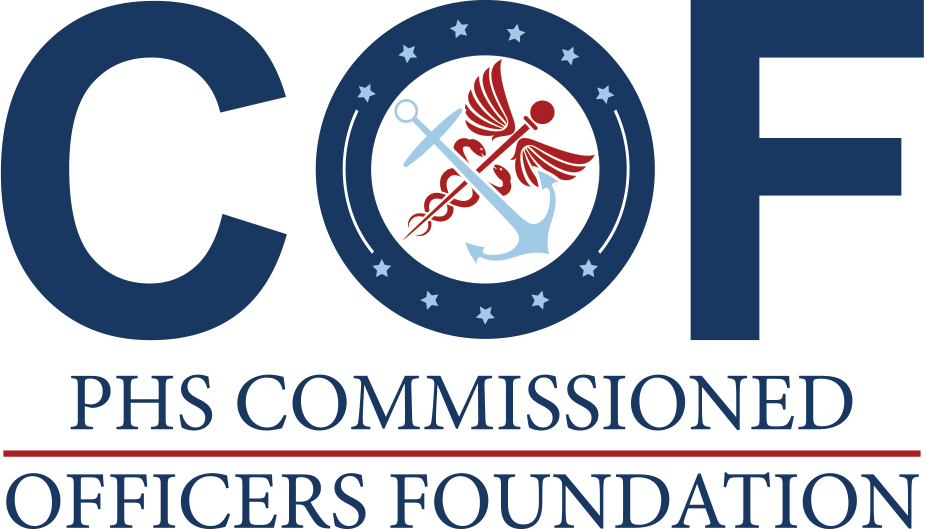By Rear Admiral Steve Solomon, MD, FACP, FIDSA, USPHS (ret.)
Politics and science are often uneasy partners in the development and implementation of public health policy. During the past 60 years, politics has had an adverse impact on the role of the Surgeon General, as well as on the Public Health Service and the Commissioned Corps. As the United States begins to emerge from the worst public health disaster in over a century, it is time to reassess the SG’s role and the status of the PHS and the Corps. According to the Office of the Surgeon General’s website, “Prior to 1968, the Surgeon General was the head of the PHS, and all program, administrative, and financial management authorities flowed through the Surgeon General…” But a series of reorganizations within the Department of Health, Education and Welfare during the Johnson and Nixon administration, led to what Dr. Fitzhugh Mullan, in his authoritative history, Plagues and Politics: The Story of the United States Public Health Service, calls the “demotion” of the Surgeon General. Eric Redman’s memoir of the legislative history of the National Health Service Corps and its impact on the PHS and the Commissioned Corps, The Dance of Legislation, covers part of that same history. Redman’s assessment of those events is harsh. He writes, “The Surgeon General had once been the chief health officer of the United States, but bitter HEW infighting had gradually circumscribed his position until finally, in 1968, he had been reduced to a mere figurehead.” The pandemic has demonstrated that the United States needs a chief health officer with authority and control over budgets and personnel. Previously, I have called for greatly expanding the Commissioned Corps and for restoring the Surgeon General’s direct command of Corps officers.
I have also suggested that the Public Health Service, under the SG’s leadership, be separated from DHHS and become a separate agency, like NASA and the EPA. Those are big changes from where the government is right now. But if the past 15 months have taught us anything, it is that the organizational structure of Federal public health put in place in the 1960s and 1970s is not up to the task of protecting our Nation’s health in the 21st Century. The Government Accountability Office, in its February 2021 report on COVID-19, states that the pandemic “continues to lay bare the fragmented nature of our public health sector, the fragility of the nation’s medical supply chain, and longstanding disparities in health care access, treatment, and outcomes.” It is now well-established that political pressures hampered the Federal public health workforce in the fight against COVID-19. But the bureaucracy of Federal public health that has constrained public health progress for five decades created its own obstacles in addition to facilitating that political interference.
Public health will always have to find a balance between science and politics. But for more than 50 years, that balance has been far too heavily weighted on the side of politics, both the partisan kind and the internal bureaucratic politics inherent to government. To address what the President’s COVID-19 National Strategy calls “severe and pervasive health inequities”, as well as the myriad public health problems that existed before the pandemic, many of which the pandemic may well have exacerbated, Federal public health programs will require extraordinary leadership, coordination, and energy.
The people who comprise the PHS, uniformed officers and civil servants alike, have the energy, training, expertise, and commitment to government service that are required to take on the mission ahead. They always did. To meet the challenges, they need an organizational structure that supports that mission and a leadership team with the public recognition and trust to restore a more effective balance between science and politics. An independent Public Health Service, led by the Surgeon General, could begin to bring that about.
